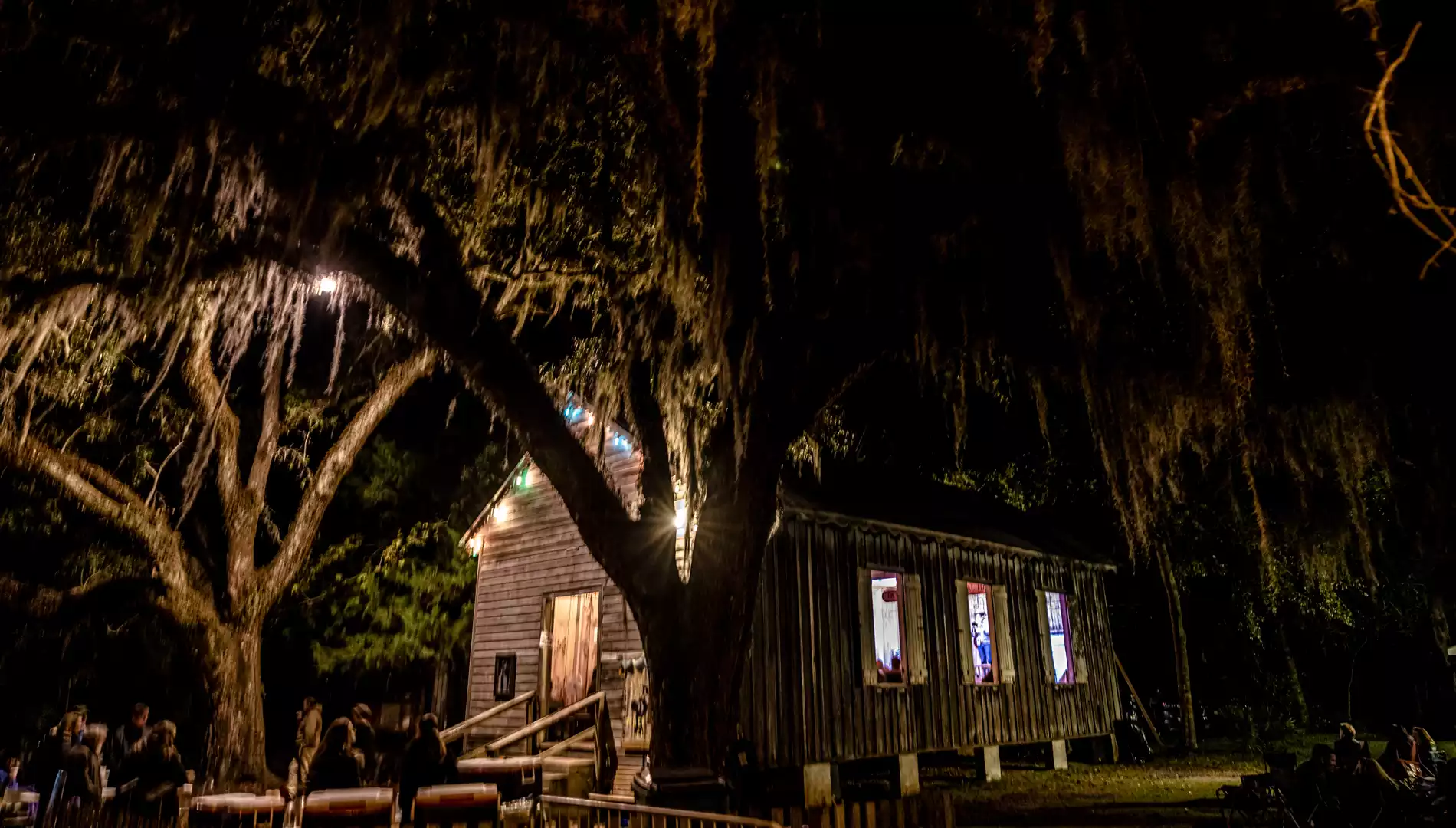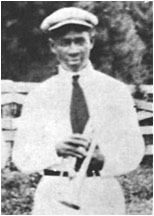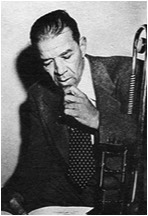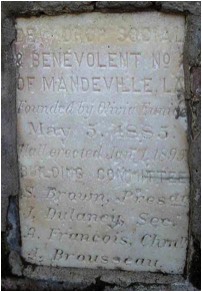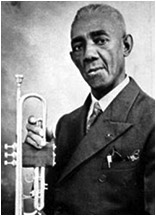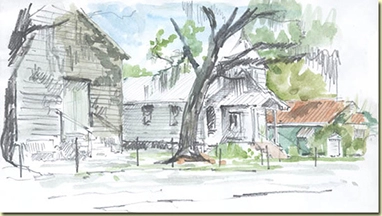About
The mission of the Friends of the Dew Drop is to preserve the Dew Drop Jazz Hall and promote its significance in the origins and the cultural history of Mandeville though jazz performance, music education programs, benevolent activities and support of emerging artists.
The Friends of the Dew Drop and the City of Mandeville aim to preserve the authenticity of The Dew Drop’s history and mission, and therefore prohibit the rental of the jazz hall for commercial usage. However, educational projects aligning and furthering the mission will be considered on an individual basis.
Our History
On May 5, 1885, a group of civic-minded African American residents of the village of Mandeville, led by the late Olivia Eunio, created the Dew Drop Social and Benevolent Association.
A decade later the organization laid a cornerstone and in 1895 constructed a small wooden building on Lamarque Street in what is now called Old Mandeville, 3 1/2 blocks from Lake Pontchartrain.
The Early Years
The Association, like many created among African American residents following the end of the Civil War, had chiefly benevolent goals—to care for the sick with food and attention; to provide help in funeral arrangements; to provide food for needy and temporary housing—all during a period of time when black residents could not obtain various types of insurance.
The hall on Lamarque Street, unpainted and nestled in a grove of ancient live oaks, is now considered the world’s oldest virtually unaltered rural jazz dance hall. It was built the same year that scholars agree was the year of the birth of traditional jazz in New Orleans.
It was not long after its creation that pioneer New Orleans jazz musicians were boarding steam boats in the entertainment district of Milneberg on the south shore of Lake Pontchartrain and coming across to Mandeville. By the early 1900s Mandeville was developing as a north shore lakefront resort village, and black musicians were finding a receptive audience for spirited Saturday night dances at the Dew Drop. While it now occupies a precious page in jazz history as a performance venue, the Association built the hall for many purposes—association meetings, community gatherings, parties and other functions.
A Fading Memory
According to oral histories collected by jazz authority Karl Koenig, the Dew Drop was a major hub for jazz musicians and legions of loyal fans during the 1920 and 1930s. By the 1940s, black owned businesses were emerging offering insurance and the social necessity for benevolent associations began to wane. By the early to mid 1940s original members of the Dew Drop Association had died and the building became virtually abandoned. At the same time a new organization and hall called the Sons and Daughters Hall on Marigny Avenue was formed leaving the Dew Drop unused for decades.
A Beautiful Legacy
A Dream Restored
Later that same year, the National Park Service, the New Orleans Jazz Commission, and the George Buck Foundation, with the cooperation of the city, teamed up to present traditional jazz in the building for the first time in about 60 years. That historic event, featuring a modern day band of masters of traditional jazz fronted by Dr. Michael White, played to a full house of English jazz fans touring as part of the Ken Colyer Trust. That concert led to release of a treasured CD.
But, fortunately, the re-emergence of interest in the long neglected historic treasure did not stop there. In August of 2006 two members of the Mandeville City Council, Zella Walker and Trilby Lenfant, led an effort to create the Friends of the Dew Drop and get the organization registered as a non-profit.
In 2007, the board, composed of citizens of the area with knowledge about musical history and with a commitment to make the old building a vibrant social and benevolent force again, began meeting and planning the Dew Drop’s rebirth. It produced three standing room only jazz shows in October, November and December of 2007. Since then the Friends of the Dew Drop have successfully staged approximately twelve concerts a year, divided between spring and fall seasons, with talent packed performances.
While at the Dew Drop many attest to feeling spirits of former jazz greats who played in the building at the turn of the century. With the large shutters thrown open and fans sitting on ancient church pews, spirited jazz bands transport audiences back in time to the early years of America’s most enduring cultural gift to the world—traditional New Orleans jazz.
Board of Directors & Members
Jamie Roche
Chairman
Tim Ingram
Vice-Chairman
Mark Flynn
Treasurer
Jessica Kennedy
Secretary
Peggy Baldwin
Board Member
Cathy Northey
Board Member
Cathy Deano
Board Member
Dennis Schaibly
Board Member
Andrea Fulton
Board Member
Paul Maassen
Board Member
Tennille Parris
Board Member

